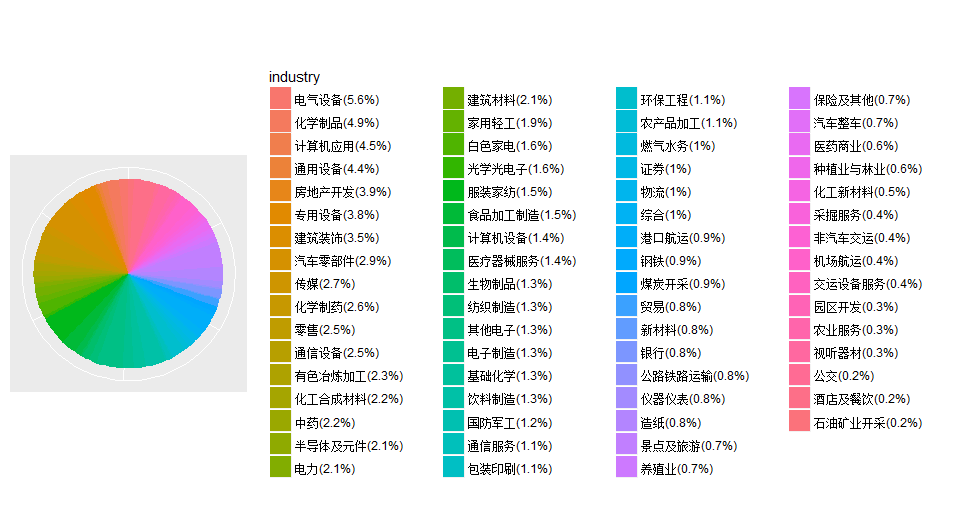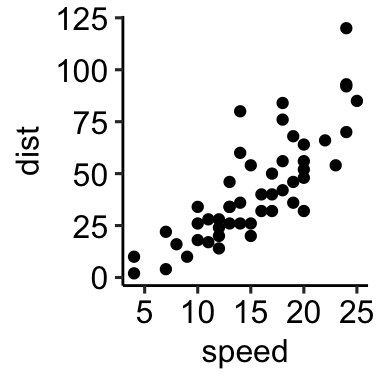

These are a few of my own, so they do not make any sense with the given graph. I have written a x-axis label that does not make sense, in an effort to display the most common issues.
Ggplot rename x ticks code#
The following code uses the expression() argument to solve these issues. To fix this is simple, but clumsy in how its executed. iris.scatter <- iris.scatter + labs(title= "Relationship between petal and sepal length")Īfter trying to use these labs() commands you will start to realise it hates anything slightly symbolic (subscript, superscript, degrees etc.). If we wish to add a title to our plot (not overly common in publications) we can use the following. iris.scatter <- iris.scatter + labs(x = "Sepal Length (cm)", y = "Petal Length (cm)") If we want to change the axis labels themselves, this is done using the labs() command. Best of all, you shouldn’t have too much trouble changing the scale since most of the process is relatively straightforward.ĭo you prefer default or custom axes in R? How often do you change your axes? Have you ever created a custom axis? Let us know in the comments section below.Built with the "Learn" Theme using Hugo and Blogdown It allows you to present your data clearly with appropriate labels, tick marks, and other essential elements. Modifying the scale of your X and Y-axis opens up new possibilities in R. As the name suggests, it’s used for axis transformation.

The allowed values include null, waiver, and character vectors. labels – labels of your axis tick marks.Some of the most common values include null, waiver, and character or numeric vectors that specify the breaks. breaks – controlling the breaks in your guide (e.g., grid lines and axis ticks).The meaning of these elements goes as follows: Scale_y_continuous (name, breaks, labels, limits, trans) Scale_x_continuous (name, breaks, labels, limits, trans) Take a look at the simplified format of this feature: Yet another way to alter your axes is to employ the scale_xx() function.
Ggplot rename x ticks how to#
How to Change the X and Y Axis With the Scale Functions? Type in “ yaxt="n"” to suppress the Y axis.Type in “ xaxt="n"” to suppress the X axis.Type in “ axes=FALSE” to suppress both axes at once.When creating custom axes, you may want to consider suppressing the axes automatically generated by the high-level plotting function. In addition, zero suppresses the ticks while 1 creates the gridlines (-0.01 is the default value).

Negative values are outside the graph, whereas positive numbers are positioned inside. tck – the length of your tick mark represented as a fraction of the plotting region.las – this specifies whether the labels are perpendicular (=2) or parallel (=0) to the axis.col – the color of the tick mark and line.pos – this is the coordinate for drawing your axis line (i.e., the value where it crosses the other axis).labels – a label vectors that will be placed at your tic marks (if it’s zero, the program will use the at value).at – a vector that indicates where the tick marks will be positioned.side – the side of your graph where the axis will be drawn (4 – right 3 – top 2 – left 1 – bottom).Here’s what each component inside the parentheses means: This is what the most common template looks like:Īxis (side, at=, labels=, pos=, lty=, col=, las=, tck=, …)

Naturally, you’ll need to use the axis function. Besides modifying the X and Y axis scale, R also enables you to create your own axes.


 0 kommentar(er)
0 kommentar(er)
